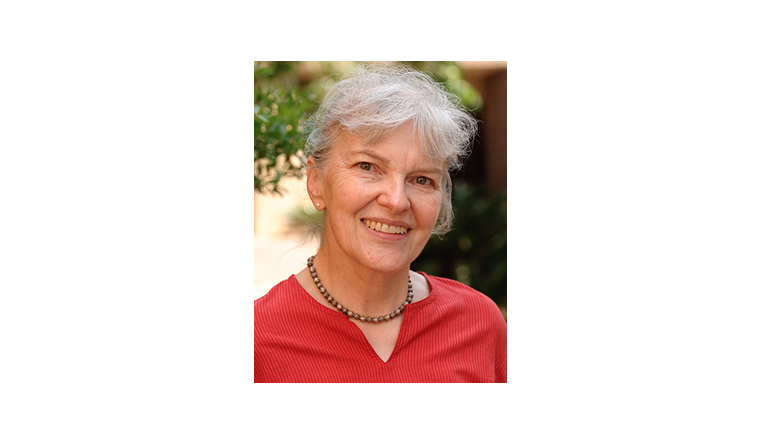
Dominique Homberger
Dr Dominique G Homberger is an alumni professor at Louisiana State University in Baton Rouge, USA, and the 2018–22 President of the International Ornithologists’ Union (IOU). Her research has centred on comparative anatomy as a means to answer functional and evolutionary questions. She studies a variety of species from lampreys to sharks and salamanders, and from alligators, birds, and mammals to human beings. She has a particular interest in the order Psittaciformes (i.e., parrots and cockatoos) and their feeding behavior and ecology, which she has studied in her lab as well in their natural environment in Australia, India, and southern Patagonia. She is a Fellow of the American Association for the Advancement of Science (AAAS), the American Ornithological Society (AOS), and the Association for Women in Science (AWIS), and is an Honorary Member of The Linnaean Society of New York.
Visit Dominique HombergerGreatest recovery by a bird species
The Chatham Island robin, also called black robin (Petroica traversi) – endemic to New Zealand's Chatham Islands in the South Pacific – came very close to extinction in the late 20th century. In 1972, only 18 individuals could be found in the wild, dropping to seven by 1976 and a mere five by 1980. Of these five, there was only one female (named “Old Blue”) whose partner was a male called “Old Yellow”. With the help of local wildlife protection officers and an innovative conservation technique of “cross-fostering” where the robins’ eggs and hatchlings were given to similar bird species to brood and raise, in order to increase the number of individuals, the black robin was able to experience a staggering comeback. As of the last census conducted in October–November 2015, a total of 289 adult black robins were counted (246 on Rangatira Island and 43 on Mangere Island).
